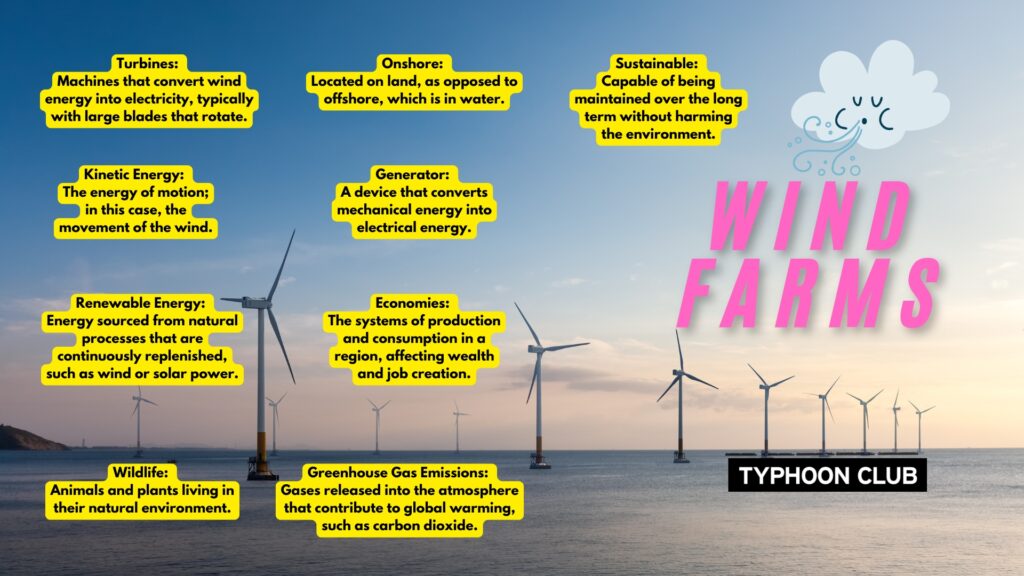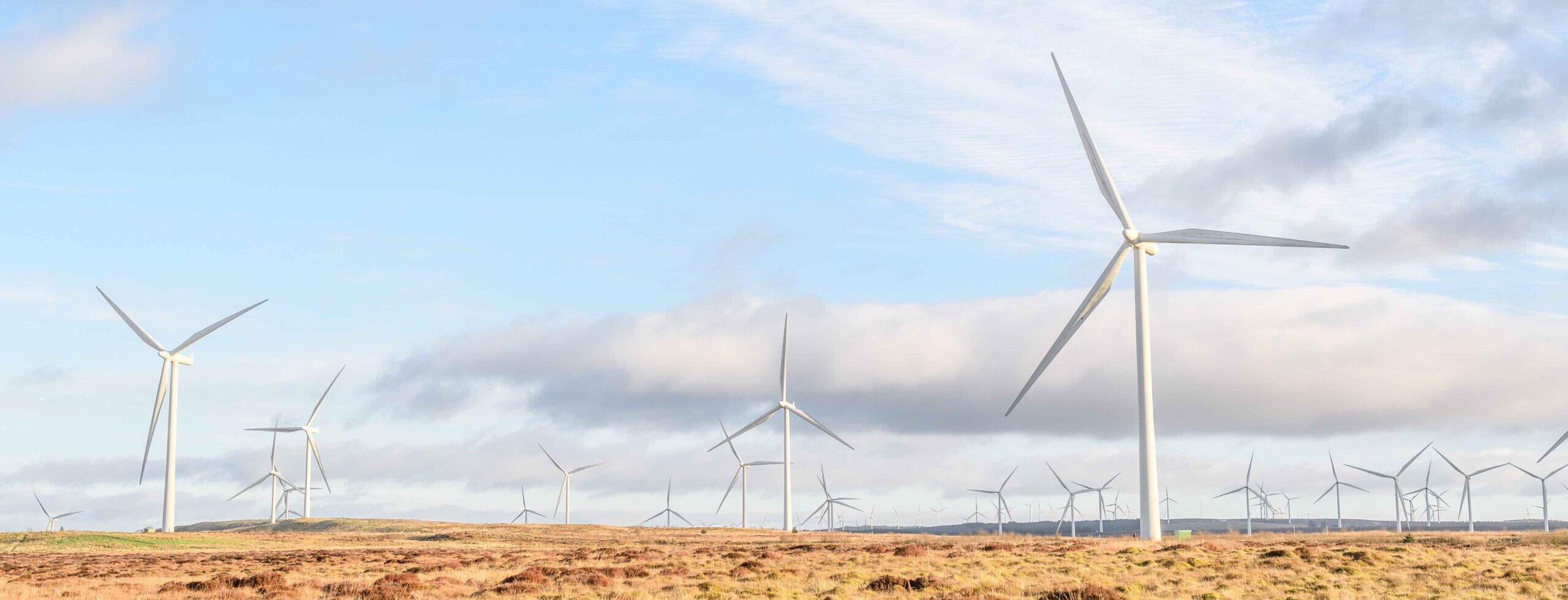
Wind farms have become a significant part of the global effort to generate renewable energy, offering a clean and sustainable alternative to fossil fuels. These facilities consist of multiple wind turbines that convert the kinetic energy of the wind into electricity. Positioned in both onshore and offshore locations, wind farms are increasingly visible in landscapes around the world.
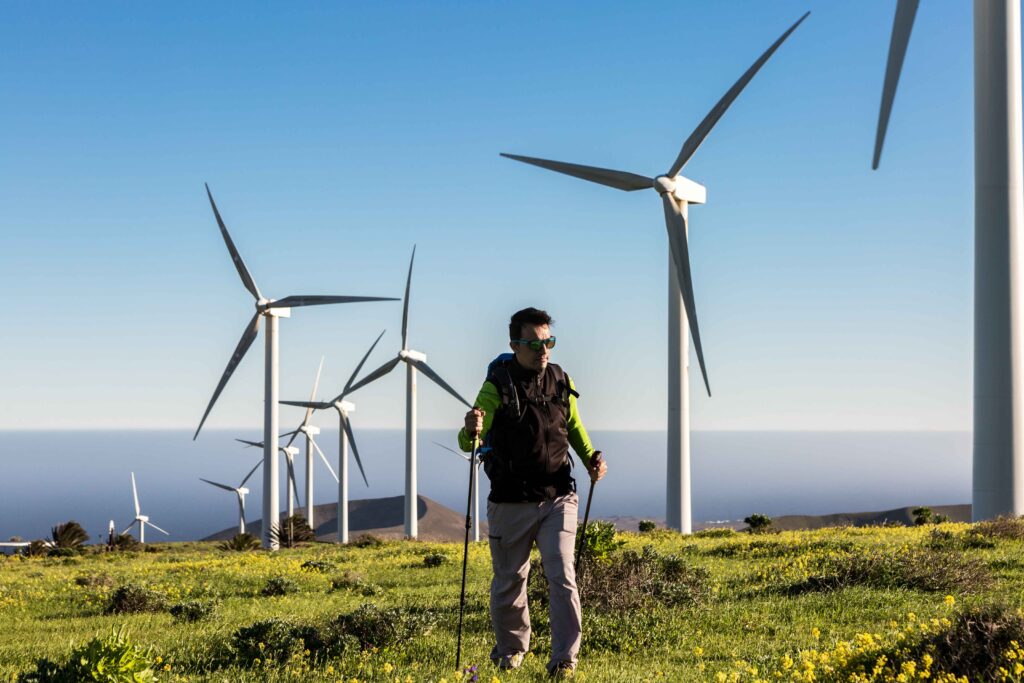
The origins of wind energy date back thousands of years, long before modern technology. Ancient civilisations harnessed the power of the wind for sailing ships and grinding grain. However, the concept of using wind to generate electricity began in the late 19th century. The first wind turbine designed for electricity production was built in 1887 by Scottish inventor James Blyth. His work laid the groundwork for future developments in wind energy.
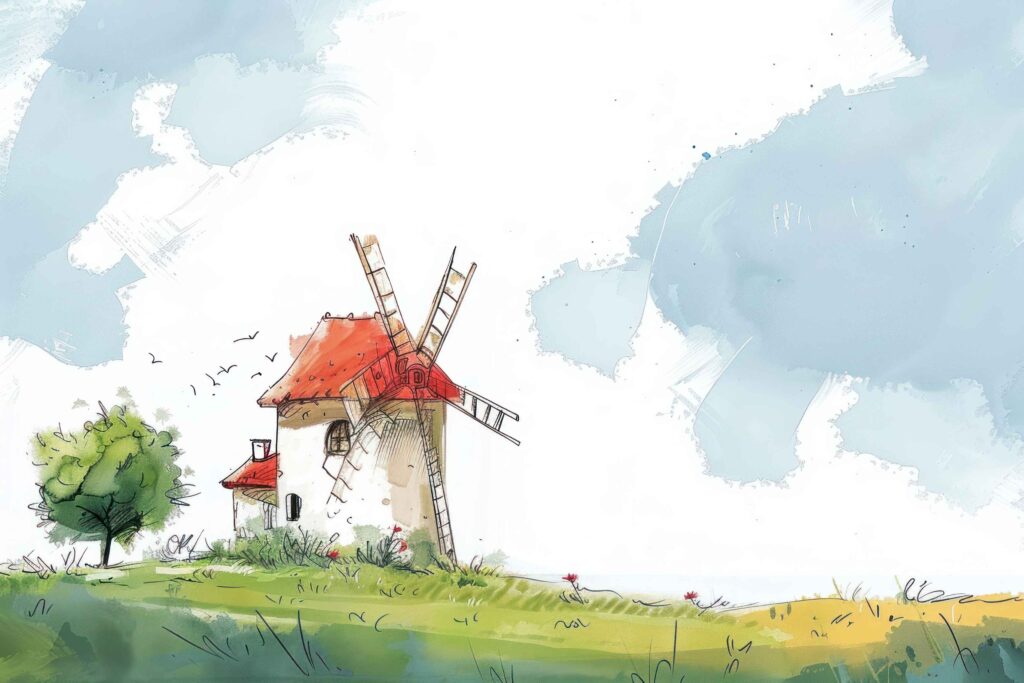
As concerns about climate change and the depletion of natural resources grew in the late 20th century, interest in renewable energy sources like wind power surged. The modern wind farm as we know it began to take shape in the 1980s, with advances in turbine technology making it more efficient and cost-effective to harness wind energy. Today, wind farms are a vital component of efforts to reduce greenhouse gas emissions and combat global warming.
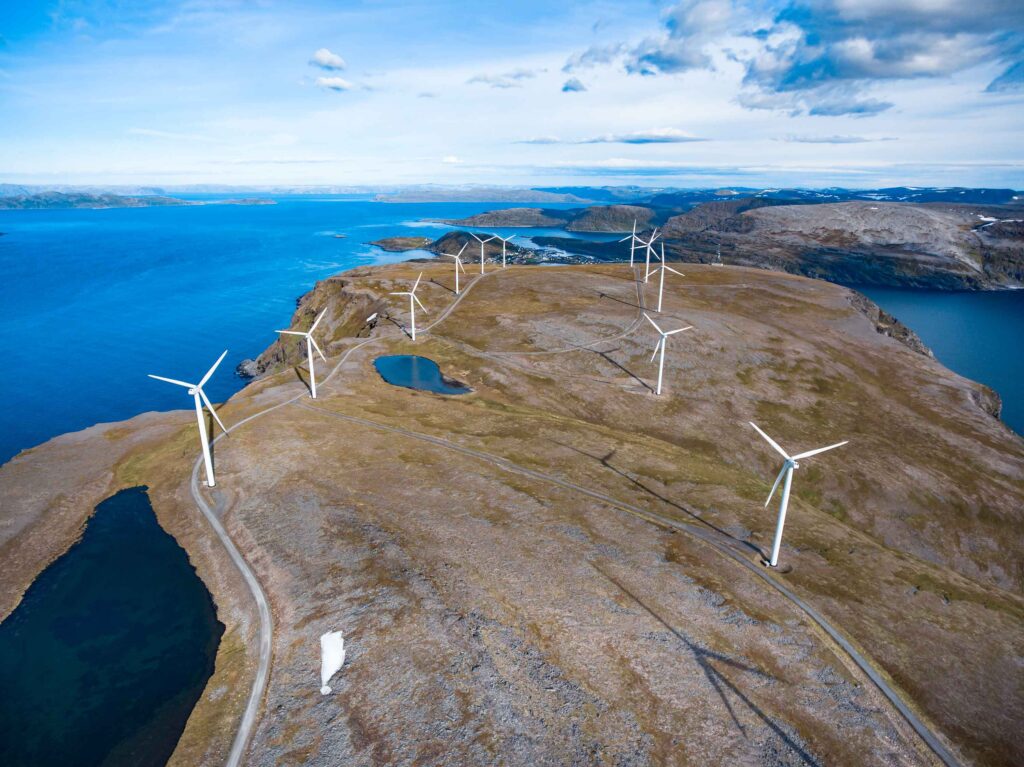
The primary function of a wind farm is to generate electricity. Wind turbines operate by capturing the wind’s energy with large blades that rotate around a hub. This rotation turns a generator inside the turbine, producing electricity. The electricity is then transmitted to the grid, where it can be used to power homes, businesses, and industries. Wind energy is particularly attractive because it produces no direct emissions, making it much cleaner than traditional energy sources.
In addition to their environmental benefits, wind farms also contribute to local economies. They create jobs in construction, maintenance, and operation, as well as providing a source of income for landowners who lease their land for turbine installation. Furthermore, wind farms can help reduce energy costs in the long run by stabilising energy prices and reducing dependence on imported fuels.
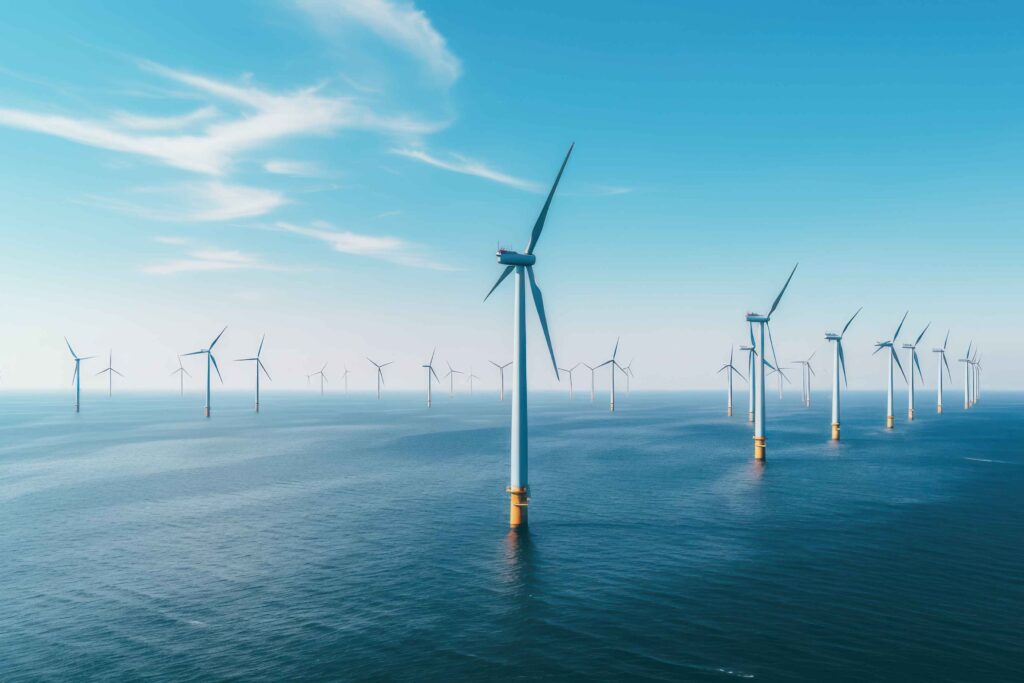
Despite their advantages, wind farms can be a topic of debate. Some critics raise concerns about their impact on local wildlife, particularly birds and bats, as well as the visual impact on landscapes. However, many studies suggest that with careful planning and technology, these issues can be minimised.
Today’s wind farms represent a crucial step towards a sustainable energy future. By harnessing the power of the wind, they provide a clean, renewable source of energy that benefits both the environment and local communities. As technology continues to advance, wind energy will play an even larger role in the global energy landscape.
How a wind farm works:
QUESTION:
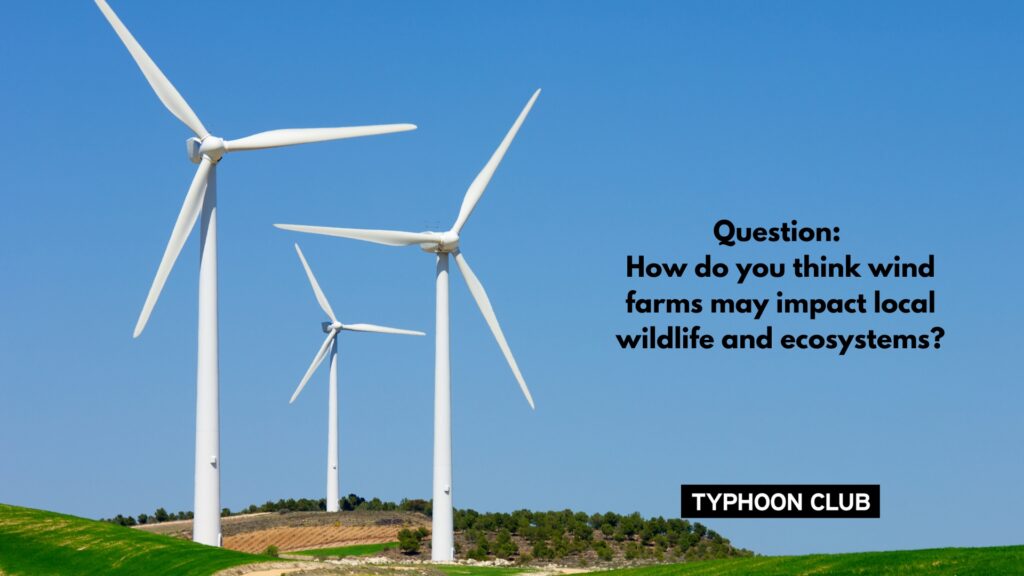
VOCABULARY
